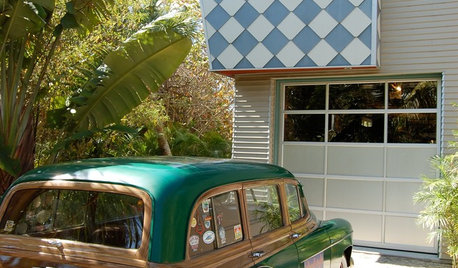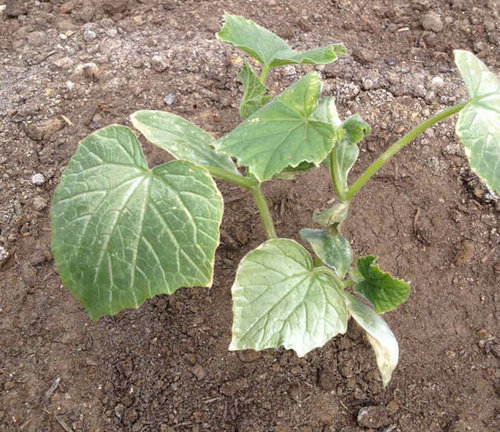Brand new here...help..cucs and melon look terrible!
mesquiteman
11 years ago
Related Stories

MOVINGRelocating? Here’s How to Make the Big Move Better
Moving guide, Part 1: How to organize your stuff and your life for an easier household move
Full Story
HOMES AROUND THE WORLDThe Kitchen of Tomorrow Is Already Here
A new Houzz survey reveals global kitchen trends with staying power
Full Story
HOUSEKEEPINGIt’s Time to Clean Your Gutters — Here’s How
Follow these steps to care for your gutters so they can continue to protect your house
Full Story
GREAT HOME PROJECTSReady to Repaint Your Home’s Exterior? Get Project Details Here
Boost curb appeal and prevent underlying damage by patching and repainting your home’s outer layer
Full Story
MOVINGRelocating Help: 8 Tips for a Happier Long-Distance Move
Trash bags, houseplants and a good cry all have their role when it comes to this major life change
Full Story
SELLING YOUR HOUSE5 Savvy Fixes to Help Your Home Sell
Get the maximum return on your spruce-up dollars by putting your money in the areas buyers care most about
Full Story
MOST POPULAR9 Real Ways You Can Help After a House Fire
Suggestions from someone who lost her home to fire — and experienced the staggering generosity of community
Full Story
MOST POPULAR7 Ways to Design Your Kitchen to Help You Lose Weight
In his new book, Slim by Design, eating-behavior expert Brian Wansink shows us how to get our kitchens working better
Full Story
SELLING YOUR HOUSE10 Low-Cost Tweaks to Help Your Home Sell
Put these inexpensive but invaluable fixes on your to-do list before you put your home on the market
Full Story
COLORHow to Choose a Paint Color
Designers offer tips for examining your closet, memories and daily life to find the right paint colors for your home
Full StoryMore Discussions








mesquitemanOriginal Author
mesquitemanOriginal Author
Related Professionals
Quincy Landscape Architects & Landscape Designers · Burien Landscape Contractors · Downey Landscape Contractors · Goodlettsville Landscape Contractors · Mendota Heights Landscape Contractors · Sun City Center Landscape Contractors · Oxon Hill Landscape Contractors · Clearfield Landscape Contractors · Arlington Window Contractors · Coral Shores Window Contractors · Enumclaw Window Contractors · Hesperia Window Contractors · Palos Heights Window Contractors · Trinity Window Contractors · Tucker Window Contractorsdaninthedirt (USDA 9a, HZ9, CentTX, Sunset z30, Cfa)
roselee z8b S.W. Texas
mesquitemanOriginal Author
mesquitemanOriginal Author
southofsa
mesquitemanOriginal Author
robyn_tx
mesquitemanOriginal Author
tx_ag_95
mesquitemanOriginal Author
mesquitemanOriginal Author
PKponder TX Z7B
roselee z8b S.W. Texas
southofsa
mesquitemanOriginal Author
badducky